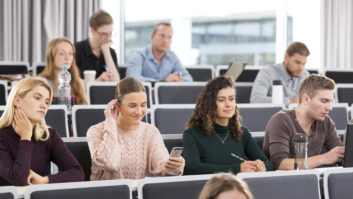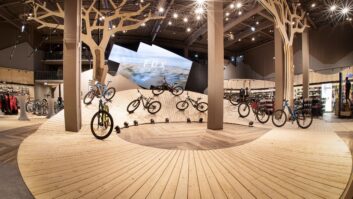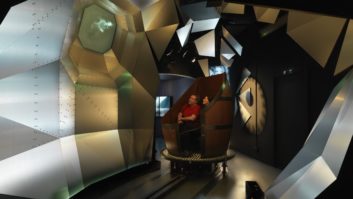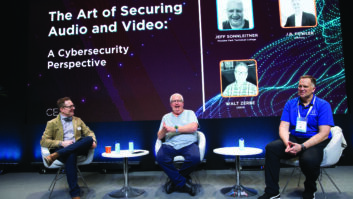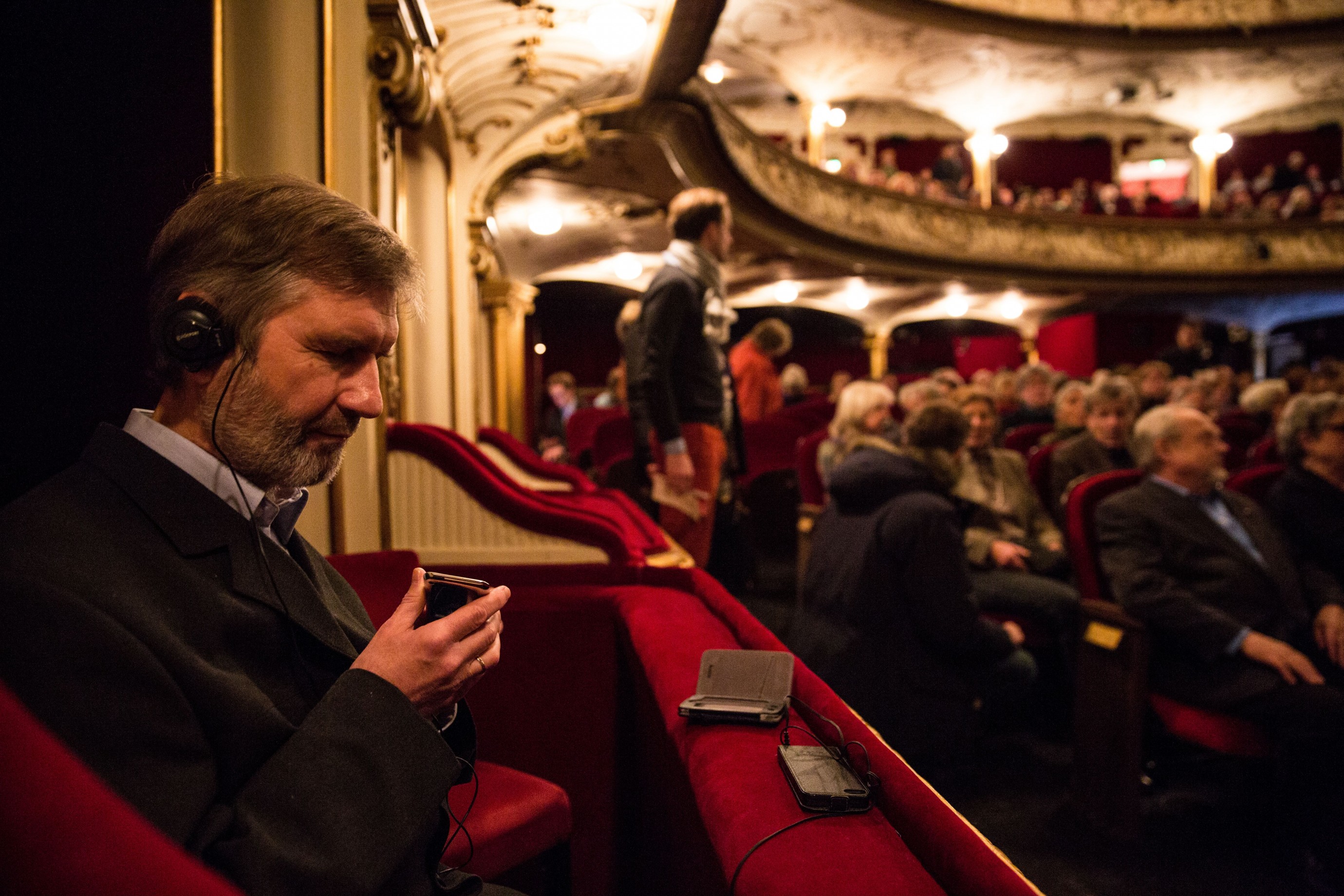
The growth in smart devices is helping to deliver more personalised experiences for people with hearing impairments. Steve Montgomery investigates the development of these systems and the benefits they offer.
Basic assistive listening devices were originally designed to operate in churches around 50 years ago. With the advancement of hearing loop, infrared and FM radio technologies, this equipment now supports just about any situation where sound is amplified and delivered to hearing aids. Assistive listening devices are now mandatory in many countries in Europe and the US and are a legal requirement wherever sound is an important constituent: in classrooms, lecture halls, courtrooms, legislative chambers, auditoriums, theatres and sports stadiums. They can be found in transport waiting areas and on platforms as well as onboard trains, buses and taxis and in many retail locations.
Smart devices, and in particular smartphones, are now being used more frequently to deliver personalised assistive listening services to users with hearing impairments. Apple, for example, has released the Made for iPhone hearing aid that connects via Bluetooth to an iPhone, while some large hearing aid manufacturers have also released solutions that work in conjunction with personal devices. However smartphone manufacturers are unlikely to build the technology directly into their products as components to receive FM, infrared or hearing loop signals would increase the costs disproportionately, considering the number of users who would take advantage of it.
Smartphone apps are also emerging that enable users to access dedicated audio streams in a venue, without requiring hearing aids and without the associated transmission equipment. This is particularly beneficial to users of hearing aids that are not equipped with loop receivers, who would otherwise need to identify themselves and borrow in-house loop receivers: doing this is often perceived as unsanitary and is the reason that assistive listening devices are unused in many venues.
Such apps have other advantages, as Alistair Knight, marketing and communications manager at Ampetronic, explains: “Smartphones and apps also offer the potential to digitally tune or control the received audio signal to suit an individual’s particular requirements, such as amplification of specific frequency bands, in the same way as people might alter their home sound systems with equalisers or DSP presets.”
This is a boon to users. However Knight points out: “There is a problem that has yet to be addressed, which lies in the technology used to broadcast the signal. Wireless and Bluetooth technologies currently have a limit to how many users can connect at once and both are proprietary, requiring that the smartphone is paired or otherwise connected to a service in order to use it. This is fine if the number of people using the service is limited and they are tech-savvy enough to understand how to connect to the service. But hearing loss is most prevalent in the 50-plus age bracket and a user may not have a smartphone or the technical skills to connect to WiFi networks or Bluetooth. While there are Bluetooth-enabled hearing aids on the market they are hindered by the fact that Bluetooth drastically reduces the life of the hearing aid battery.”
Hayley Heaton, creative content specialist at Listen Technologies, also points out: “There are some smart device applications that use a WiFi signal to broadcast sound to users but these systems are not compliant with legislative requirements for assistive listening. The technology hasn’t been developed sufficiently and at this point doesn’t offer the same kind of sound quality as other types of assistive listening devices. For someone with hearing loss, sound quality is critical.”
Sennheiser’s CinemaConnect solution is a new type of product that enables people with visual and hearing impairment to enjoy the cinema. It is attractive to other types of venue, such as stadiums and museums, and has the potential to deliver audio channels to people without hearing impairment.
“An app is downloaded once at the venue which then provides the cinema soundtrack or an audio description to the user’s headset,” explains Senthilkumar Vellaichamy, product manager at Sennheiser. “CinemaConnect has been developed in conjunction with specialists who design aids for people with visual and hearing impairments. It has extremely low latency to provide accurate lip-sync and users don’t need to prepare before arrival. The control unit filters the film soundtrack in real time to the reduce music level compared to speech to make it more audible. In the future it will be able to provide different language soundtracks and subtitles. There is great potential for this system to provide audio streams for other applications.” Potential problems with power-drained smartphones can be met simply by a stock of loan low-cost power-banks at the venue, he says.
For more Ampetronic assistive listening devices
For more Listen Technologies products
For the Sennheiser product portfolio

